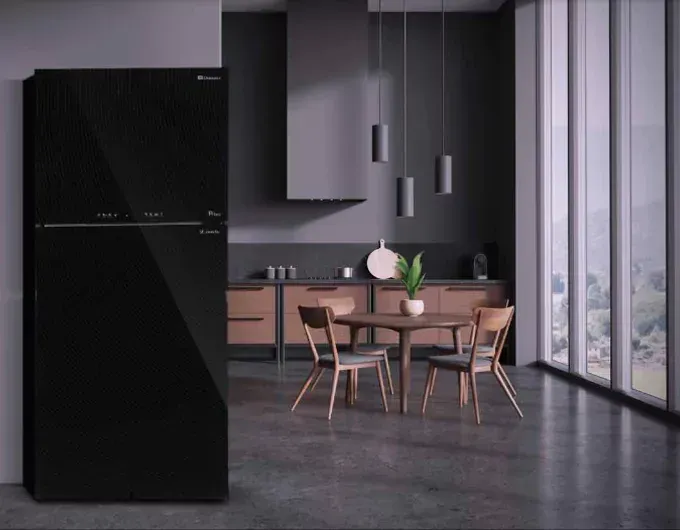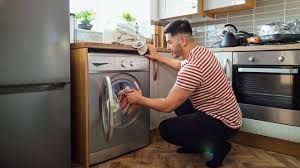Top Dryer Vent Repair FAQs: Essential Tips for Maintenance and Safety
Q1: How often should I clean my dryer vent?
A: It's recommended to clean your dryer vent at least once a year to prevent lint buildup, which can lead to reduced efficiency and a potential fire hazard. If you notice longer drying times, a burning smell, or excessive lint around the vent opening, it’s best to clean it immediately. Regular maintenance ensures optimal performance and safety.
Q2: What are the signs that my dryer vent is clogged?
A: Common signs of a clogged dryer vent include clothes taking longer to dry, the dryer becoming hotter than usual, a burning smell during operation, and an excessive amount of lint accumulation in the lint trap or around the vent opening. You may also notice that your clothes come out damp even after a full cycle. If any of these symptoms occur, it's time to inspect and clean your vent.
Q3: Can a clogged dryer vent cause a fire?
A: Yes, a clogged
dryer vent is a significant fire hazard. Lint buildup in the vent can restrict airflow, causing the dryer to overheat and potentially ignite the lint. According to the U.S. Fire Administration, clothes dryers are responsible for thousands of home fires each year, many of which are caused by clogged vents. Regular cleaning and maintenance are crucial for preventing such risks.
Q4: Can I clean my dryer vent myself, or should I hire a professional?
A: You can clean your dryer vent yourself if you have the proper tools and feel comfortable doing so. A long, flexible brush specifically designed for dryer vents, along with a vacuum cleaner, can help remove lint and debris. However, if your vent is long, complex, or has significant buildup, it might be safer and more effective to hire a professional who can ensure thorough cleaning and inspection.
Q5: How do I know if my dryer vent is properly installed?
A: A properly
installed dryer vent should be made of rigid or semi-rigid metal ducting rather than flexible plastic, which is prone to lint buildup and fire hazards. The vent should lead directly to the outdoors, with a minimal number of turns or bends to reduce airflow restriction. Additionally, the vent's exit point should have a backdraft damper to prevent outside air from entering. If you're unsure, a professional inspection can confirm whether your installation meets safety standards.
Q6: What should I do if my dryer vent is too long?
A: If your dryer vent is too long, it can reduce airflow and increase the risk of lint buildup, leading to potential fire hazards and inefficiency. You should consider rerouting the vent to shorten the distance, reducing the number of bends, or installing a booster fan to help maintain proper airflow. Consulting a professional may be necessary to ensure the vent is configured safely and effectively.
Q7: Is it safe to use a dryer without a vent?
A: No, it’s not safe to use a
dryer without a vent. The vent is essential for expelling heat, moisture, and lint outside your home. Operating a dryer without a vent can lead to moisture buildup, mold growth, and lint accumulation in your living space, creating fire hazards and damaging your home. Always ensure your dryer is properly vented to the outdoors.
Q8: What materials should I use for my dryer vent?
A: The best materials for a dryer vent are rigid or semi-rigid metal ducts, such as aluminum or galvanized steel. These materials are durable, heat-resistant, and less likely to trap lint compared to flexible plastic or foil ducts, which are more prone to kinks and buildup. Avoid using plastic venting materials as they can be a fire hazard.
Q9: Can a damaged dryer vent affect my dryer's performance?
A: Yes, a damaged dryer vent can significantly affect your dryer’s performance. If the vent is crushed, kinked, or has holes, it can restrict airflow, leading to longer drying times, overheating, and increased energy consumption. Additionally, a damaged vent can allow lint to escape, creating potential fire hazards. Repairing or replacing the vent promptly is essential to maintain efficiency and safety.
Q10: How do I prevent lint buildup in my dryer vent?
A: To prevent lint buildup in your dryer vent, clean the lint trap before every load, avoid overloading the dryer, and schedule regular vent cleanings at least once a year. Additionally, ensure that your venting system is correctly installed with minimal bends, and use rigid or semi-rigid metal ducts instead of flexible plastic to reduce the chances of lint accumulation. Regular maintenance is key to keeping your dryer running efficiently and safely.




